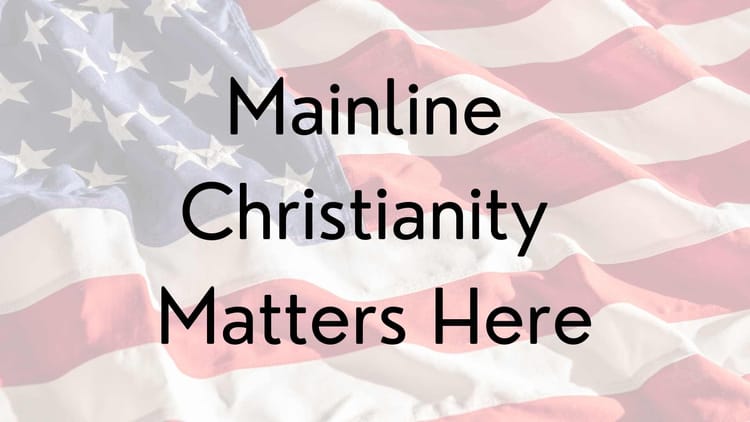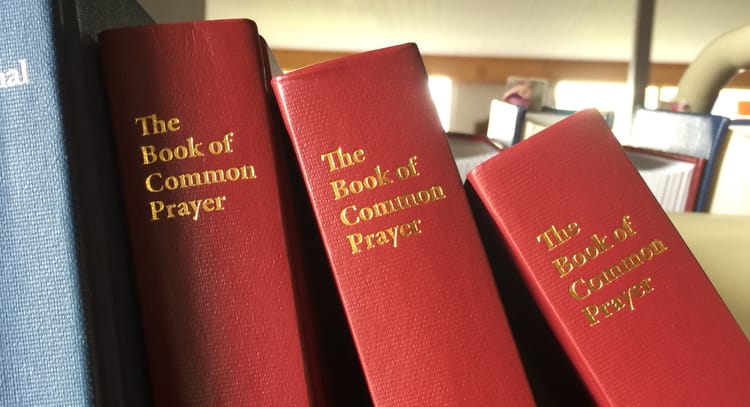Trendspotting at E-Formation 2014

General Review
Earlier this week I attended Virginia Theological Seminary’s eFormation conference. In a word, it was fabulous!
E-formation is a gathering of do-ers, not just theorizers. Most participants were clergy and religious educators working in local congregations and regional judicatories. Despite the clear affiliation with the Episcopal Church, the conference drew an ecumenical crowd: I chatted not only with Episcopalians but also with Lutherans, Presbyterians, Methodists, Moravians, Roman Catholics, a participant from the United Church of Christ and a Unitarian Universalist.
Each workshop slot had enough interesting opportunities that I consistently felt torn about what to attend. Each day included enough “down time” for spontaneous conversations between participants – which often were as educational as the presentations.
The rumor was that even the webinar people were engaged, chatting with each other on the sidelines as they watched presentations via a live stream on Adobe Connect, and volunteering to share resources with each other via Google Docs. Any conference that people are willing to sit in front of a computer for three days to attend is worth checking out. I’m excited for e-Formation 2015.
Biggest Takeaway
E-formation is very much still in a formative stage (excuse the pun). There isn’t a model that has been settled on and widely adopted. Rather, there’s a group of people actively seeking and creating ways to develop disciples using 21st century technologies. The feeling in the air was that the work at hand was critical and we were there to learn as much as possible from one another. I don’t think I have ever participated in a conference that had such a pioneering attitude or such tolerance for ignorance and risk.
The state of the field can be summed up by referencing a few concepts that came up again and again:
1) Hybrid Networks
The concept of hybrid networks is simple: connecting people both in person (traditional church) and online (supplementing traditional church). Generally the concept is that a professional Christian educator first plans a course of study, then gathers disciples in person, provides resources to them online over a specific time period, and finally regathers them again to discuss their experiences and build community.
2) Curation
In order to provide online resources, you have to know what’s out there and how to use it. The term which has developed for these activities is curation. Here’s an example: posting Busted Halo’s Advent video on your Facebook page at the beginning of Advent is a curation activity.
Want to learn more about what it means to be a content curator on the internet? Here’s a great general article about content curation in the nonprofit world with some helpful resources which will help you get started. And, here’s an article about using curation for faith formation.
More than once, presenters reminded participants that there is a lot of content on the web; the challenge for educators is finding it and developing ways to use it which complement existing Christian formation activities. You don’t have to develop new content to create online learning opportunities! Just find materials which are meaningful and provide them to your congregation.
3) Tools Are Available
I appreciated that the e-Formation conference included deep dives into the world of Google and the making of video, both in a formation context. (I didn’t attend either, but only because there was so much else to do!) There was also information about using Skype Group, Google Hangouts, and Adobe Connect for live, online interaction. To build websites, Weebly was mentioned often, WordPress less often (which is a pity, because WordPress is a great tool). With many of these tools, the way to explore them is to dive in and try using them.
(Along those lines, I did notice that nobody was yet ready to discuss building online learning opportunities from scratch using a tool like Canvas, although plenty of congregations have taken advantage of the pre-formatted, customizable ChurchNext. With online learning management systems taking hold in secular education, can the church be far behind?)
There are a ton of tools available to us, and Julie Lytle provided a way for leaders to sort through the various options:
- Determine your message. What do you want others to receive/experience?
- Consider what methods you want to use to convey it. Interactive and/or presentation? Virtual and/or in-person? Do people need to experience it at the same time and place or can they be reached in an a-synchronous manner?
- After you have answers to the above questions, then determine the media (tools) you will use in order to reach people with your message.
It’s critical to consider the people you are trying to reach. If they aren’t comfortable with the technology yet, how can you help make them more comfortable with new technology (via rehearsal or advance tutorials)? Or, can you use a technology that’s already familiar to them? (I might want to build an online school from scratch, but it’s only useful if people are willing to engage it.)
I would suggest to Christian educators that children and youth are probably more familiar with learning technologies than adults are. Schools are adopting these technologies much faster than the church, and that’s where kids spend most of their time. It’s important for us to start climbing this learning curve.
Other Fun Notes
In the truly “tech-forward” column, Chris Yaw brought his Google Glass which he then loaned to Randall Curtis, who used the technology to make this video review of the new Whirl curriculum from Sparkhouse. And we were all inspired by Sarah Lefton’s G-dcast, a truly kid-centered website which uses video, animation and games for Jewish education.
This is not a Round-Up Post!
There were many wonderful presenters and participants at eFormation 2014 that I didn’t mention in this post, but that I learned from and was grateful to engage. For more information about the conference and about eFormation in general, Key Hall Online is your best source. These are the folks that created and curated (see what I did there?) eFormation 2014. I am so grateful for their lives of ministry and their leadership in the church.
Do you have questions about eFormation 2014?
Please leave them in the comments and I’ll do my best to answer them.





Member discussion